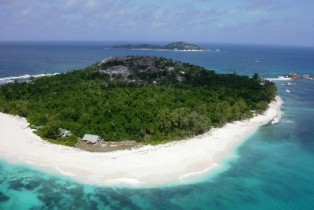Cousin Island model of good conservation practice - New Scientist |10 May 2010

The article is written by New Scientist editor Graham Lawton who visited the special reserve early this year and saw first-hand the conservation success it has become.
He recounts how to return the island to a wildlife paradise, the conservationists first had to cut down the coconut palms and allow the native vegetation to regenerate. Most of the plants on Cousin are now endemics, making it the only island in Seychelles largely free of alien flora.
Apart from narrating how Cousin Island was restored from cultivation to a protected area that preserves endangered species, Graham also quotes respected scientists who have excellent things to say about this Seychelles Islands.
"The whole island is a success," David Richardson, a molecular ecologist at the University of East Anglia in Norwich, UK, who has been working on Cousin since 1997 said. "It's a fantastic example of how conservation and science can go hand in hand."
Accolades have also been given in the article to Nature Seychelles, the organization that now manages the Island and which goes to extraordinary lengths to restore and preserve endangered species.
But most importantly the article sheds a light on what this success story has meant to the global conservation world. The implications of this remarkable story run far beyond the archipelago, it says. "The Seychelles does have a special set of circumstances - islands that are small enough to be de-ratted, an income stream from eco-tourists, and good management," says Richardson. "But I think it could work in other places."
And whereas people often hear stories about how animals go extinct, the reverse has happened in Cousin. Down listing of critically endangered birds by the World Conservation Union as a result of conservation action on this island, which was replicated on other islands, is an indicator of success.
Nirmal Shah, Nature Seychelles chief executive, believes that the successes of Nature Seychelles should inspire anyone working against the tide of biodiversity destruction.
"It shows that conservation works, and it can work in our lifetime. You hear so many doom-and-gloom stories. Every year the International Union for Conservation of Nature publishes another list of species on the brink. But we can do it. There are success stories," he says.
Contributed by Nature Seychelles




